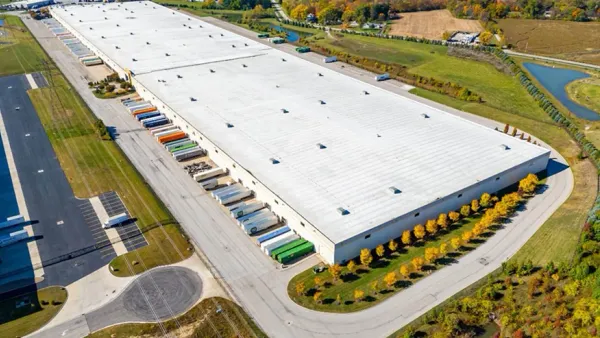Storage is one of the most critical needs for supply management – and one of the trickiest.
Forecasts must toe the line between anticipated demand and safety stocks, and often, the supply manager will prioritize high stocks to avoid momentary crisis in the case of small disruptions. Consequently, margins are often lower than what is optimal and waste is commonplace.
Processes, certifications and strategies abound, but industry-wide automation is on the rise as a tool to optimize warehouse management.
In part, increased warehouse volume, diversity and demand for outsourced logistics providers have opened the door for robots to regain the spotlight. Elsewhere, warehouse management technology’s quick pace of innovation is pushing executives to reconsider strategies as computers crunch metrics for faster analysis.
The five stories below show why and how artificial intelligence is becoming increasingly integrated in inventory management.
-
Human hiring slows as robots fill the warehouse labor gap
Warehouse robots have accompanied a nationwide explosion of distribution centers, transforming the role of humans within the facilities. Read More >>
-
Increase in small, multiple SKU orders push warehouses to automate
As orders decrease in size, but increase in frequency and SKU variety, warehouse managers must optimize space and speed to meet demands. Read More >>
-
WERC: To improve warehouse performance, benchmark against company metrics
The WERC study identifies key metrics that can help facilities become best-in-class warehouses. Read More >>
-
Demand for big box warehouses at record highs
Industrial vacancies are dropping throughout the continent, not just in large distribution markets. Read More >>
-
Amazon addresses high warehouse turnover with training technology
The e-commerce giant's warehouse workers are being trained with automated tech, but the company should remember efficiency is not everything in warehouse management. Read More >>














